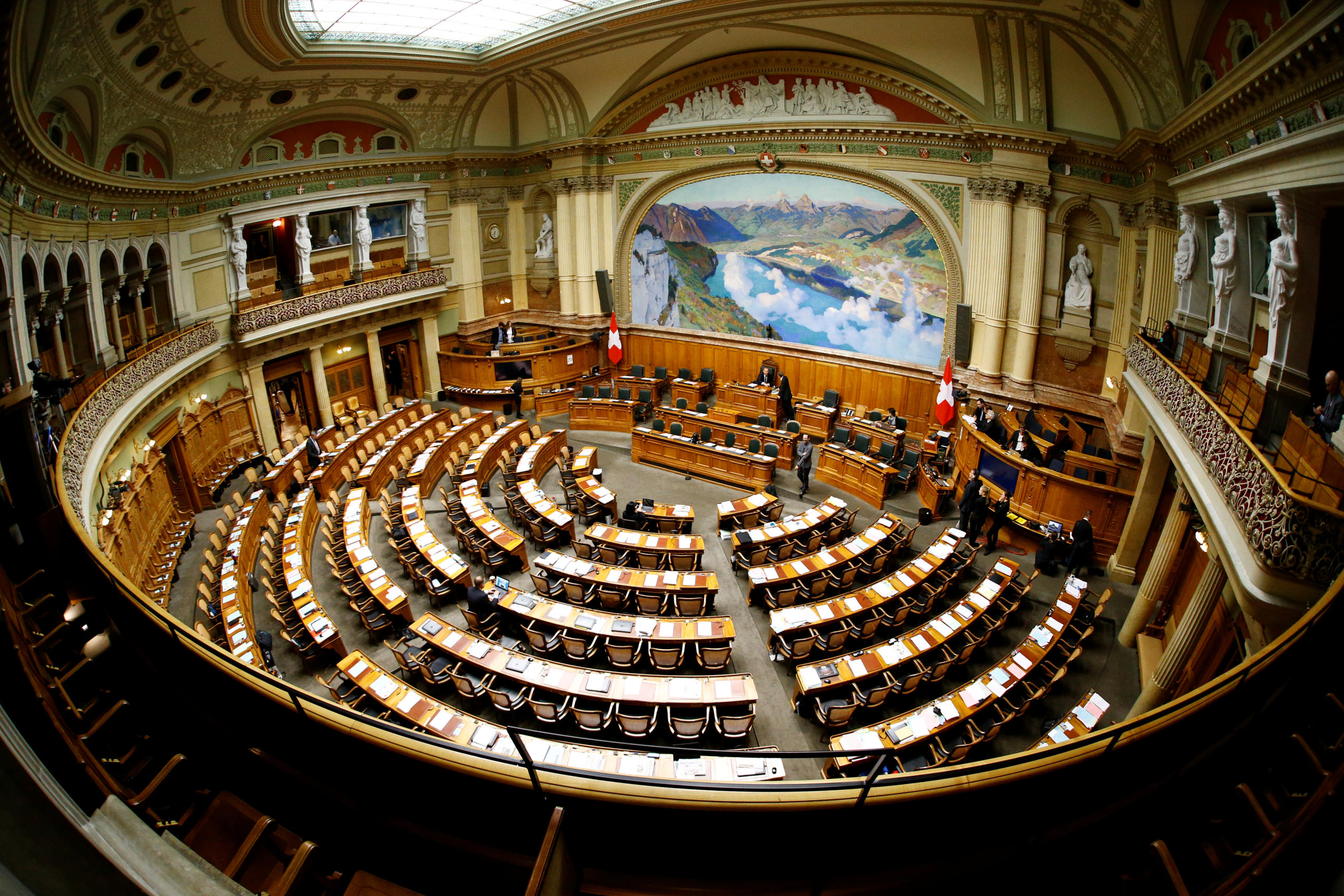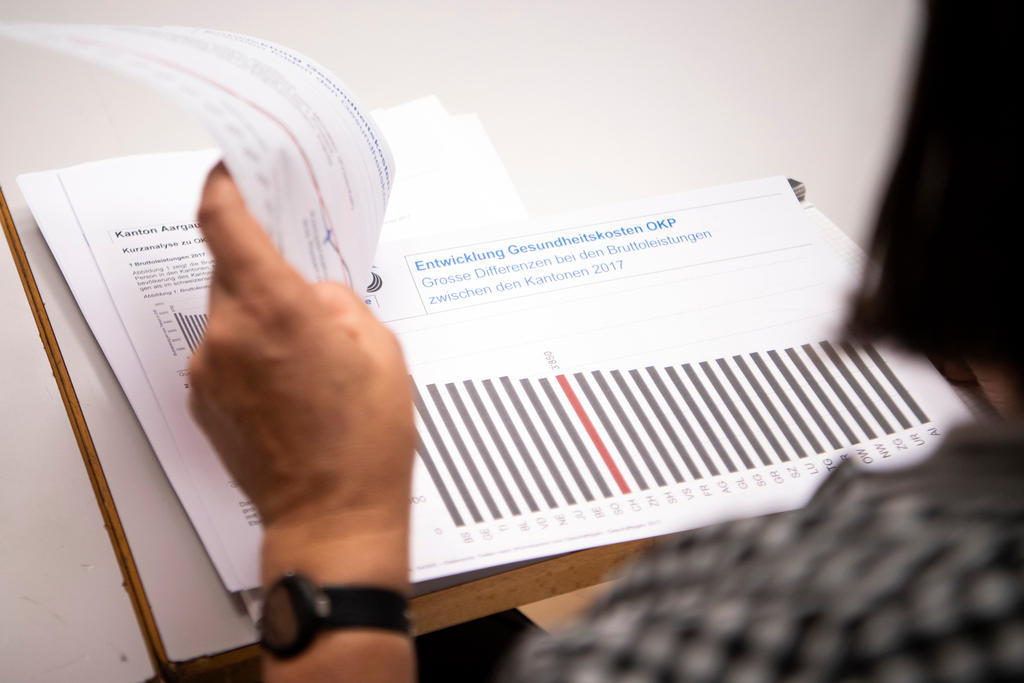How the electoral system influences success

Swiss parliamentary elections will take place in October 2019. Will the winners be the candidates with the most votes? The Swiss electoral system is more complicated than that.
In Switzerland, as in other countries, votes have to be converted into mandates by means of an electoral system. But here, as elsewhere, this can be complicated; and it may well be the case that a party gains more votes while also managing to lose mandates (or vice versa).
Electoral law, which regulates the organisation of constituencies, the holding of elections, and voting procedures, thus plays a major role in parties’ and candidates’ chances of winning.
And as a result, candidates want to shape the rules of the game to their advantage, which means that electoral law issues are also always power issues. However, for the upcoming elections, the rules of the game have already been established; let’s explore what they mean.
Different electoral systems
In general, there are two different types of electoral systems: first-past-the-post and proportional representation (PR).
The first-past-the-post system requires winning an absolute or relative majority of votes cast to get a mandate.

This is how the Senate elections work in most Swiss cantons. At the same time, a system with two ballots is applied. In the first round it takes at least 50% of the vote for a candidate to win a seat, while a relative majority of votes is enough in the run-off second ballot.
The 200 mandates of Switzerland’s larger chamber, the House of Representatives, meanwhile, are awarded according to the PR electoral system. To obtain a mandate in a constituency, a certain proportion of the votes is required.
How high the hurdle is depends on the number of available mandates. If, for example as in the canton of Zurich, 35 mandates are available in the House of Representatives, the hurdle is less than 3% of the votes cast on the list.
In six of the 26 Swiss cantons, on the other hand, only one mandate is available, and here the hurdle is very high for a small number of candidates. The mandates are first allocated to the parties and, in a second step, to those candidates who received the most votes on party lists.
What’s more, the constituencies – that is the different cantons – have widely varying population sizes.
But when it comes to Senate mandates, most constituencies have two mandates, irrespective of size. So, with a population of 1.5 million, the canton of Zurich does not appoint more representatives than the canton of Uri, with 36,000 inhabitants.
The 200 seats in the House of Representatives, on the other hand, are allocated to the cantons according to their population.
This already gives rise to a question that needs to be clarified by electoral law: Should the allocation be made according to the total population – which it is – or according to the number of voters?
Opportunity for small parties
Until 1919, the House of Representatives was elected by majority vote. It was only with the introduction of the PR system at the time that small parties earned a chance of winning substantial mandates.
But the PR system, which has been in force ever since, also has its pitfalls when it comes to allocating seats in the cantons.
The so called Hagenbach-Bischoff formulaExternal link favours the parties with the most voters, as they are most likely to benefit from the so-called remainder mandates.
Take the 2015 elections to the House of Representatives in canton St Gallen, for example, when only nine out of 12 seats were allocated as so-called “full” mandates. This left three remainder mandates to allocate. They went to the list combinations comprising the main parties: the Christian Democrats, the Radicals and the Swiss People’s Party.
This also means that these mandates for these parties are “unsafe seats” in the forthcoming elections. And in a bid to win a remainder seat two or more parties can pool their list votes. When the seats are allocated, the votes of these parties are added together. The seats achieved by a list combination are in turn allocated internally according to the number of votes.
In the case of the 2015 elections for the St Gallen representatives, the Christian Democrats took the seat while the Protestant Party and the Conservatives lost out despite contributing to the success of the strongest party in the alliance. On their own, the Christian Democrats would have lost a seat because they dropped to 16.6% of the vote, down 3.7%. Instead they won a quarter of the seats available.
Split and combined votes
The voting procedure in the elections to the House of Representatives also allows splitting and combining votes: that is, a voter can enter a candidate from another party on their own electoral list or enter a name twice. However, to do this they must delete a listed candidate.
The voter strength of the parties is measured by the number of votes. But since about half of all voters strike off names and add candidates possibly from other lists, it is only possible to clearly allocate a voter to a party if the ballot paper is unchanged.
Of course, more proportional allocation systems would also be possible without residual mandates, such as bi-proportional systemExternal link of seat allocation, which seven cantons already apply for cantonal elections.
This text was first published on the internet site of St Gallen University on February 22, 2019External link. It was adapted for publication by swissinfo.ch.

In compliance with the JTI standards
More: SWI swissinfo.ch certified by the Journalism Trust Initiative




You can find an overview of ongoing debates with our journalists here. Please join us!
If you want to start a conversation about a topic raised in this article or want to report factual errors, email us at english@swissinfo.ch.